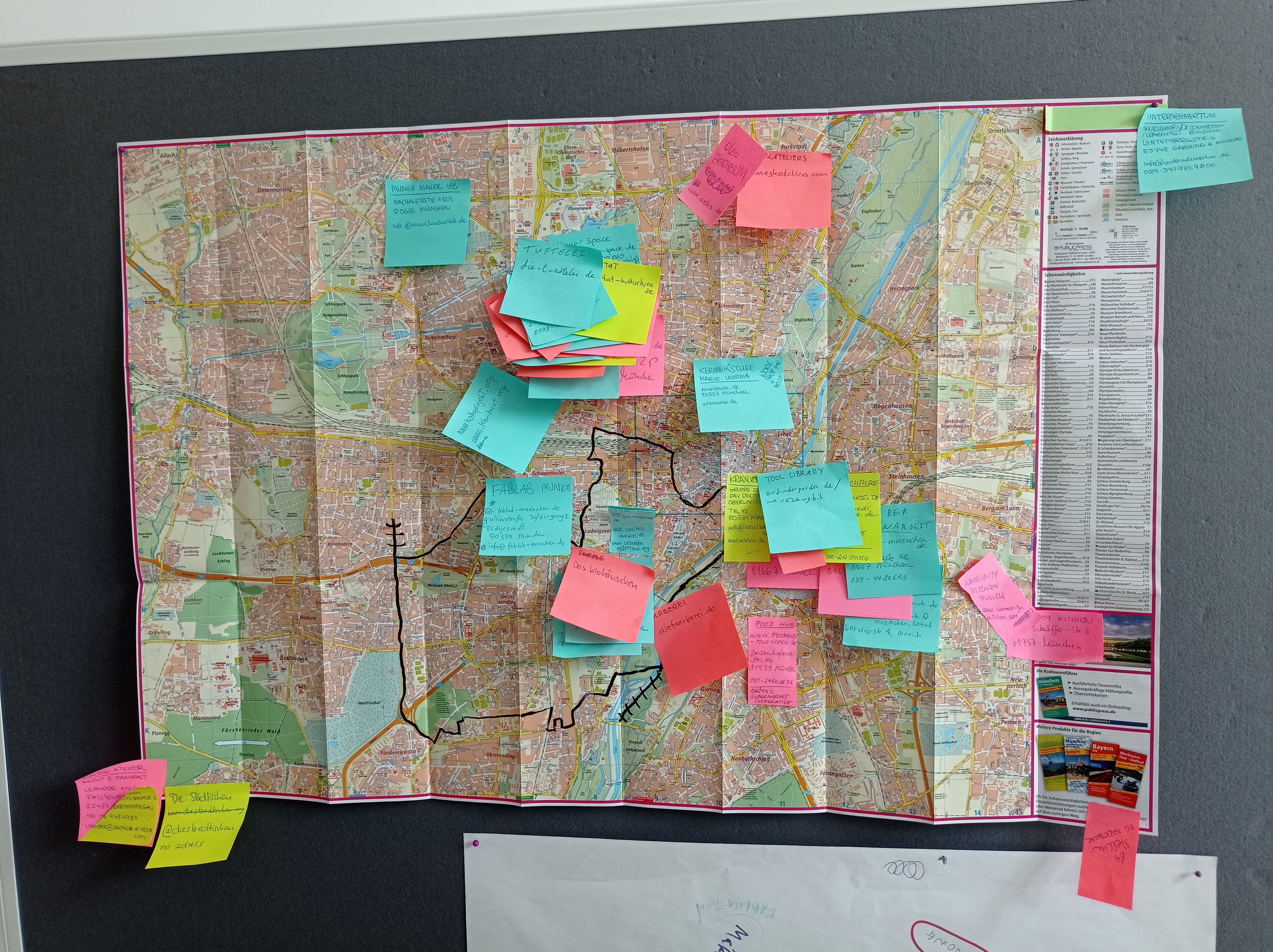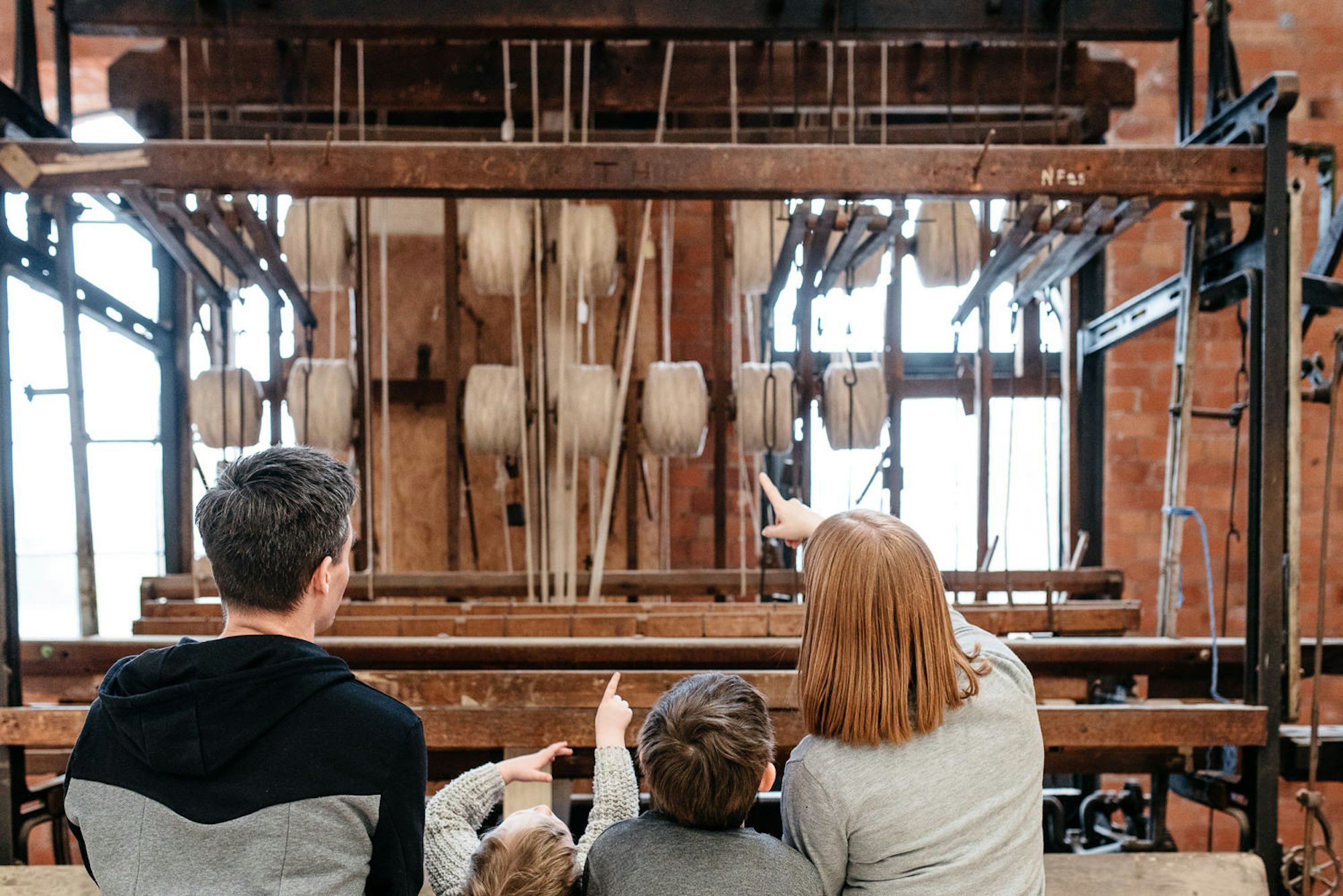Stories / Inspiration /
Technology and the handmade: Five reflections on our panel discussion

On 10th June Make Works was invited to speak at Xpo North on the panel discussion: 'Technology and the handmade.' Make Works' Lottie spoke alongside Patricia Van Den Akker from The Design Trust, Euan Quigley from STEP 3D Print and Design, Ann Marie Shillito from Anarkik-3D and Dr Paul Smith from GSA.
For anyone who didn't make it up to sunny Inverness here are 5 key takeaways from the discussion.
Craft is knowledge
Being able to produce something to a high quality and finish is about so much more than tools and physical process. Amongst others, it's about values, heritage, provenance, sustainability. Ann Marie of Anarkik 3D emphasised how important a craftsperson's finishing ability is, and encourages artists and designers to consider the value that they can add to a digitally fabricated piece, rather than considering the piece that comes out of the machine as complete.
Digital Fabrication is about much more than pressing a button
There is a huge amount of hype around digital fabrication, and for those who skim through the headlines in the newspaper they may well be under the illusion that with a mere click of a button you can 3D print anything you wish.
The reality, of course, is that the hard work comes before pressing the button, in imagining, designing, and experimenting with the CAD files, and as Richard Sennett describes in The Craftsman , the drawing stage of digital fabrication is a craft in itself.
“The experimental rhythm of problem finding and solving makes the potter and the programmer part of the same tribe.”
Digital Fabrication is addictive
Stories echoed across the panel describing how so many 3D printing tinkerers go from intrigue to obsession. When people first hear about 3D printing it may seem like there's a steep learning curve before you can be picking anything off the print bed. However, the vast range of online resources, communities and IRL open facilities and fablabs makes 3D printing really accessible. People quickly find that the problem solving nature of 3D Printing is exciting and addictive.
Ignore the hype
3D printing is big news, and we see some fantastic headlines with pretty outlandish claims. As the industry is moving so quickly it's all too tempting to talk about capabilities that won't be commercially viable for at least another decade, and in some cases to talk about things for which there's no foundation at all. Although these stories can make for a pretty exciting read, they can also have a negative impact by encouraging the notion that digital fabrication is extremely complicated and scientific and certainly not for people making normal objects.
Conclusion: We're a long way off printing houses and organs.
Learn from the print isn't dead phenomenon
Patricia Van den Akker from The Design Trust recalled how the Graphic Design community initially responded to computer-based graphic design programmes such as Coral Draw with great concern that this would spell the end of print. Decades on, although the way that we all interact with print has changed, there's now a thriving economy for high quality print. Taking the lessons learnt by the graphic design community, although the way that we make things and use materials will inevitably develop and change, there will always be a place for the handmade.
To find out more about 3D Printing read our Guide to 3D Printing
Categories
Inspiration
Related stories
Day 23 | Make Works Residencies 01 | Catching up with Katy West
Craft Scotland Conference
Happy International Women's Day!
Material Monday - Woven Polypropylene
Maker Speed Dater



